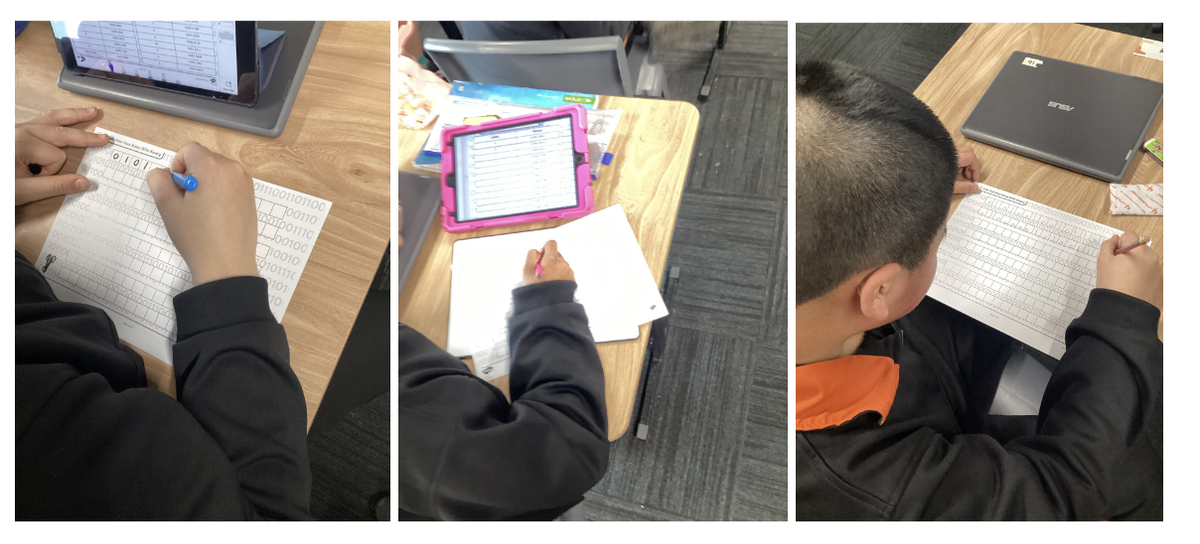Innovation & Design
Mr Magafas, Ms Bedi & Ms Kirk

Innovation & Design
Mr Magafas, Ms Bedi & Ms Kirk
Last term our Foundation students learnt how fruits and vegetables play a vital role in our diet, providing essential vitamins and minerals for good health. They also learnt that when it comes to farming, fruits and vegetables are grown either above the ground or below the ground. As part of their learning, they have made healthy choices when packing their lunches to ensure that they consume a rainbow of fruits and vegetables throughout the day for optimum health. Following the healthy food focus, the students learnt about the design cycle, and used the design cycle process to design a shelter for the three little pigs. In this coming term the Foundation students will focus on learning about the design cycle process and how this supports the development of design solutions. The students will create a 'Forky' doll family from various materials. Further in the term they will use the design cycle process to develop sand castles as a setting for their 'Forky' family characters.


Last term the Year 1 students used the design cycle process to construct their own paper cup towers. The students explored the properties and characteristics of various materials. After designing their towers, they constructed towers that were stable and balanced using cups. In various experiments, the designers rated their towers based on how tall and strong they were, and shared their thinking processes while reflecting on their works. The next design challenge was paper aeroplanes. The students then built their paper aeroplanes, tested and reflected on the performance of their designs. This coming term our Year 1 students will be learning about sequencing and algorithms.
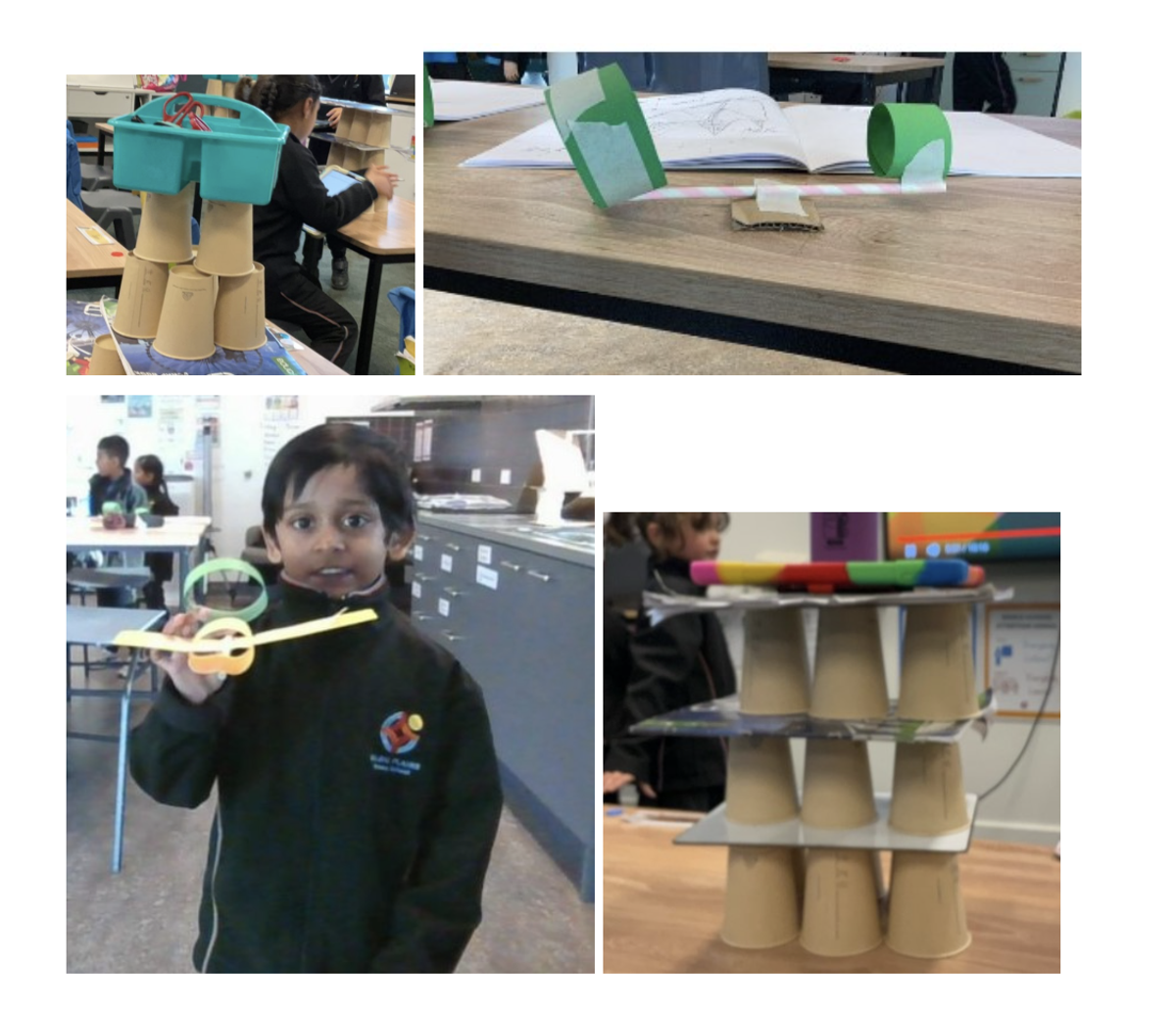

Last term our Year 2 students learned about simple machines and their properties. During their exploration, they discovered how simple machines simplify their lives and make their tasks easier and more enjoyable. Many were surprised that everyday items such as door knobs are in fact simple machines! The students applied their new knowledge by making springs from paper to use in their own unique pop up toy. This term our Year 2 students are expanding their knowledge about Algorithms, starting with applying the concept to everyday tasks such as brushing their teeth and will later apply the concept in digital technology. More details to follow.
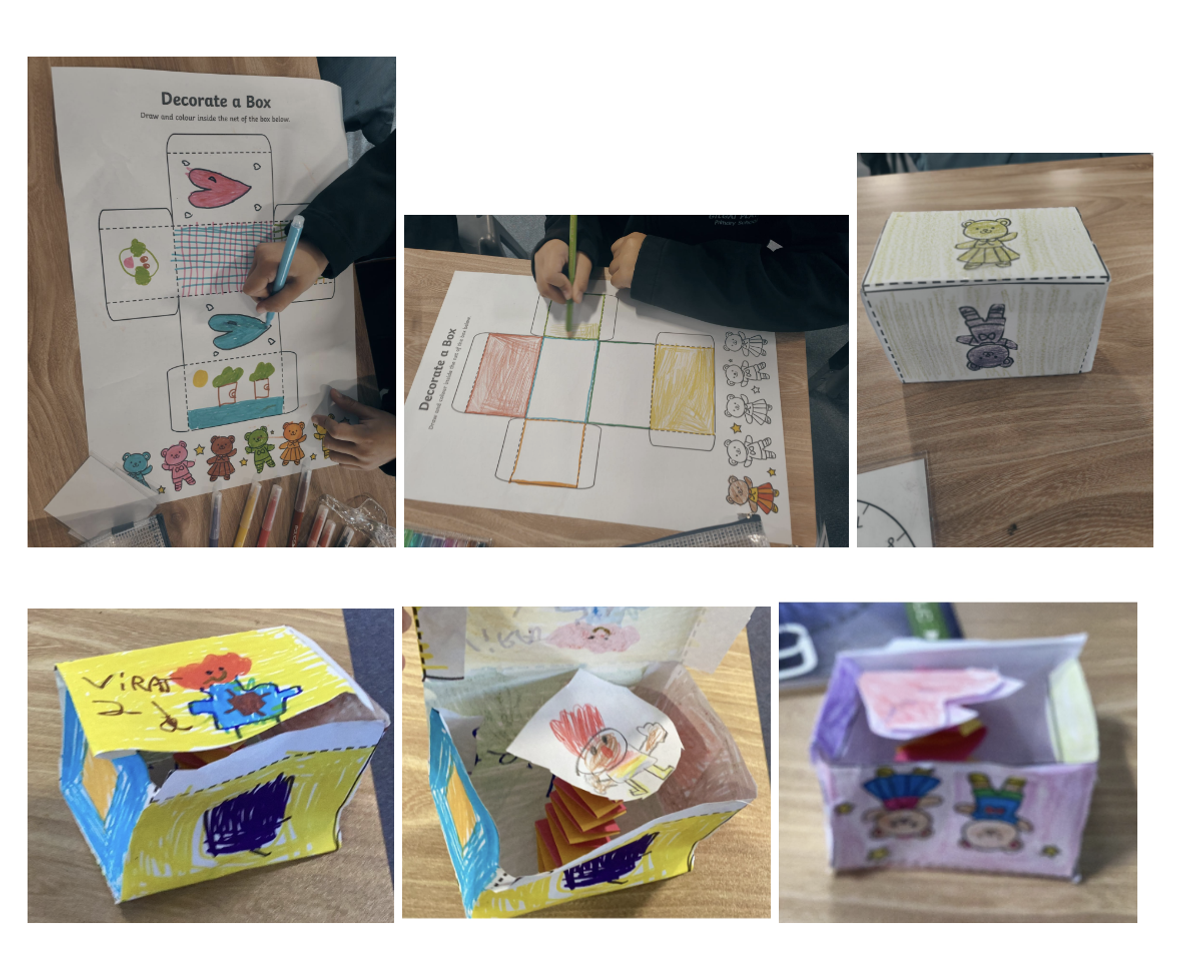

Last term our Year 3 students’ researched and studied the different shapes and materials used in the towers. The students also learned about the properties and qualities of different materials that make them suitable for various uses. They incorporated some of their ideas into the design. Working together, they learned how to measure and test a tower. This term our Year 3 students are learning about Computational Thinking and applying this concept to everyday tasks, such as how to pack a bag. Later in the term students will apply Computational Thinking and Algorithm concepts to programming using Blockly.


Last term the Year 4 students completed their ball drop challenges and produced some amazing models. Further, the students learnt to use Scratch to encourage creative thinking, allowing them to work on projects that are both visually appealing and functional. Scratch provides an introduction to coding and computer science fundamentals, and also helps build logic and problem-solving abilities. This term the Year 4 students are learning about Computational Thinking and applying this concept to everyday tasks, such as how to pack a bag. Later in the term students will apply Computational Thinking and Algorithm concepts to programming using Blockly.
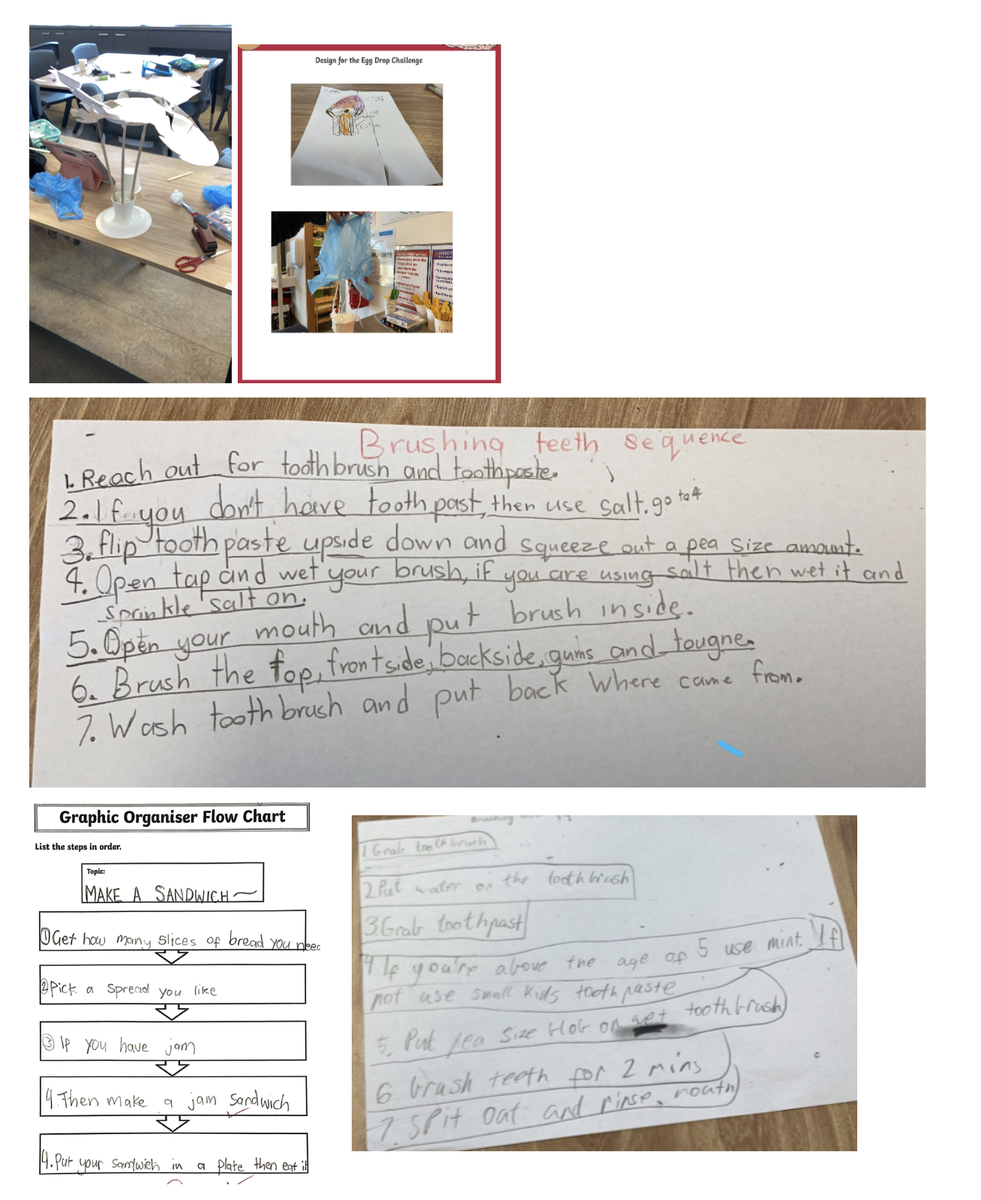

Last term the Year 5 students designed retractable roof designs using Origami folds. Following this our Year 5 students learnt about the different types of bridges around the world, which they used for inspiration to design and complete the Bridge STEM challenge. This term the students are learning about sustainability and food production in Australia, as well as cooking in the kitchen on alternate weeks.
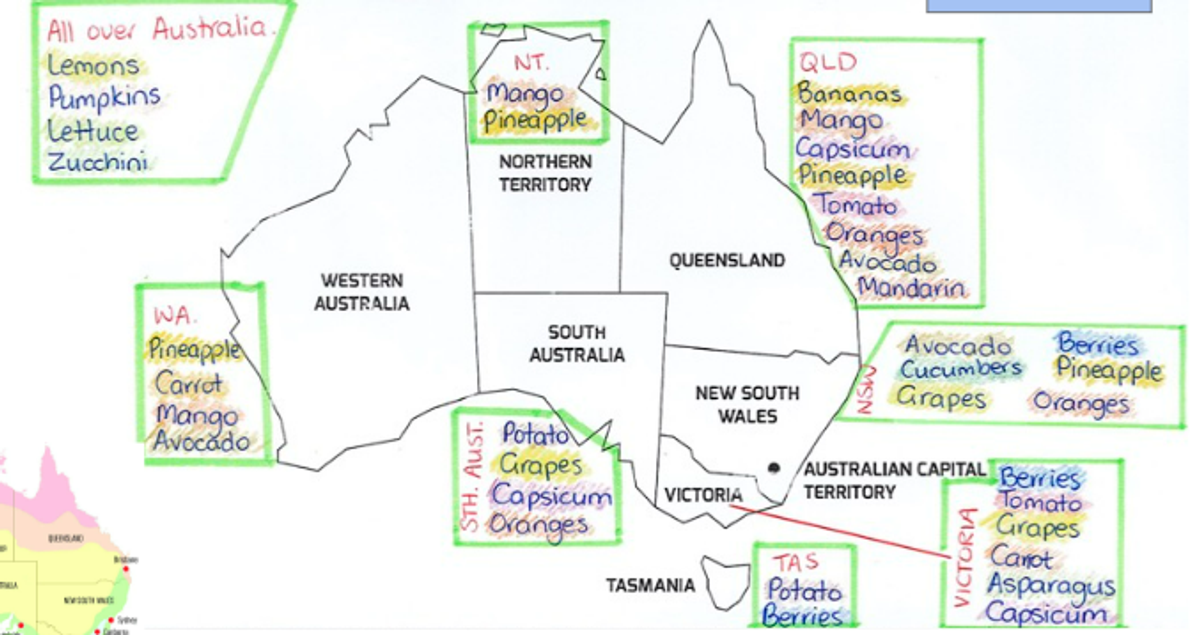

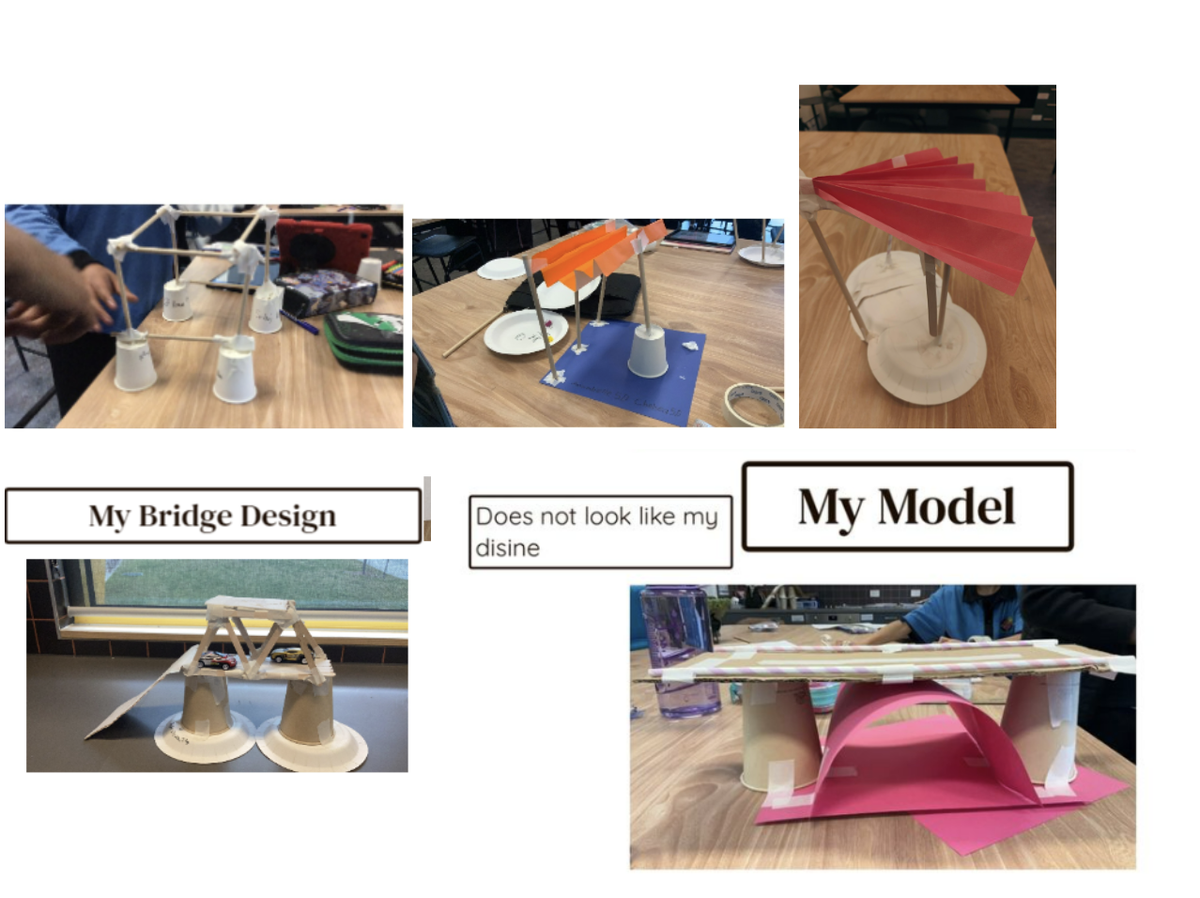

Welcome to an exciting term in Year 6 Innovation and Design! This unit, we’ll explore the fun world of binary coding, the special language that computers use. Binary code is made up of just 0s and 1s, and we’ll learn how it helps computers work. Our hands-on activities will include decoding binary messages and even writing our own names in binary! These activities will help students understand how digital technology works while boosting their problem-solving skills and creativity. By the end of the unit, students will know the basics of binary coding and how it powers the digital world. Let’s have fun learning and creating with binary code!
